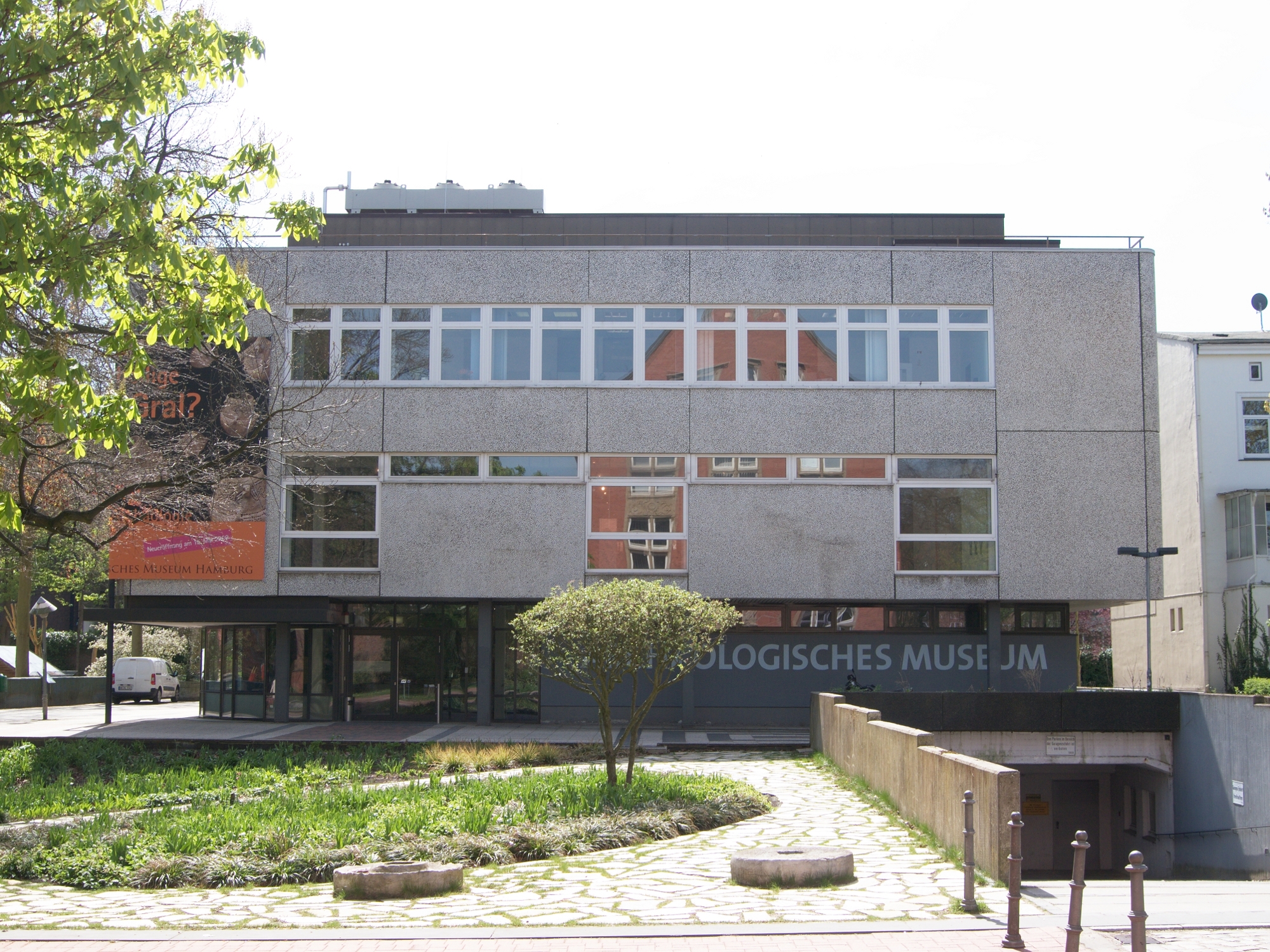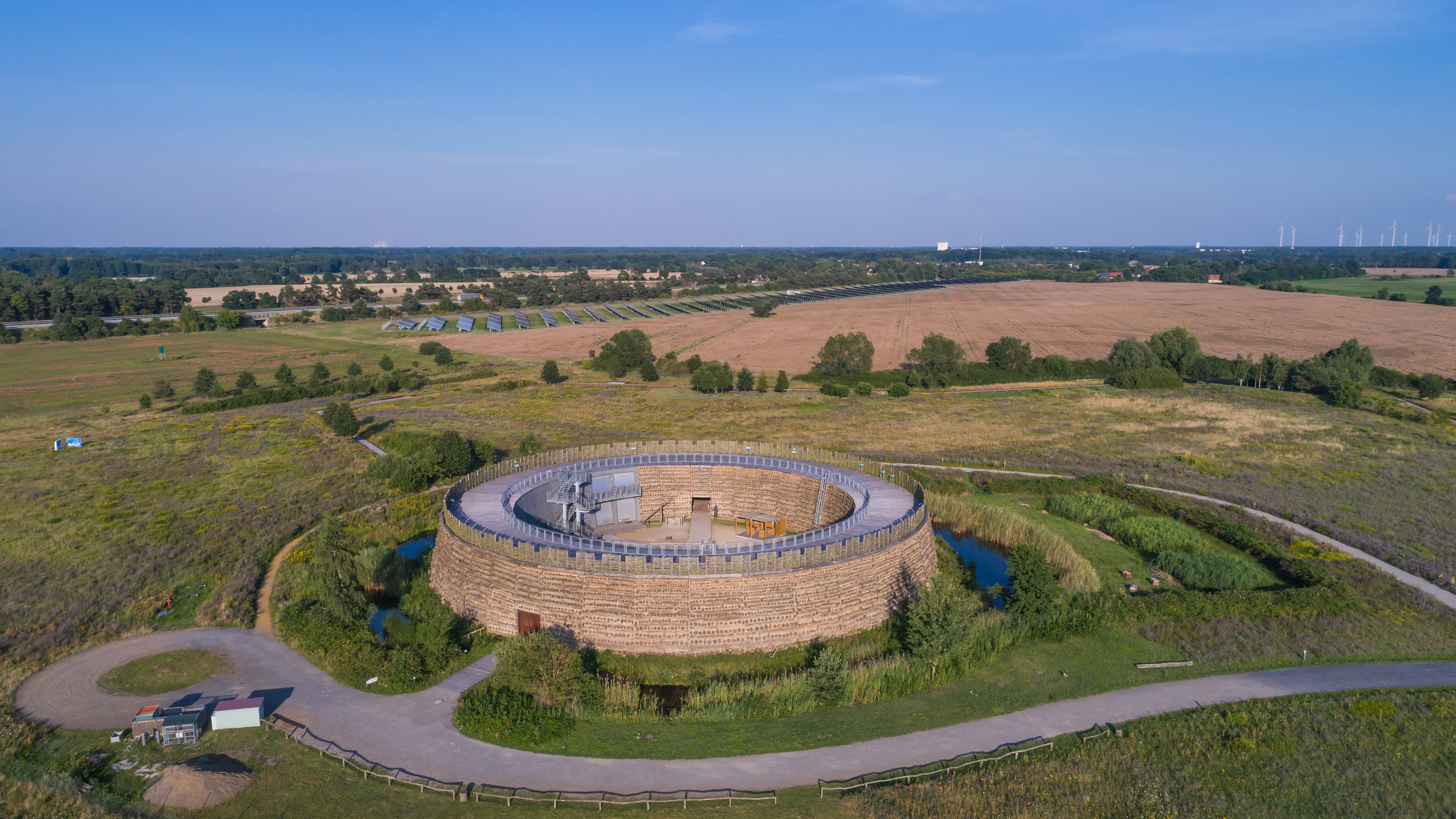|
Altstadt, Hamburg
Altstadt (, literally: "Old town"), more precisely Hamburg-Altstadt – as not to be mistaken with Hamburg-Altona-Altstadt – is one of the inner-city districts of the Free and Hanseatic City of Hamburg, Germany. History The area of today's Altstadt had a minor Bronze Age settlement dating from the 9th or 8th century BC. An Ingaevonian settlement at this location was known by the name "Treva" – a strategic trading node on amber routes during Iron Age and Late Antiquity. In the 8th century CE, Saxon merchants established what was to become the nucleus of Hamburg: the "Hammaburg", then a refuge fort located at today's Domplatz, the site of the former cathedral. , Archäologisches Museum Hambu ... [...More Info...] [...Related Items...] OR: [Wikipedia] [Google] [Baidu] |
Boroughs And Quarters Of Hamburg
The city of Hamburg in Germany is made up of seven boroughs (German: ''Bezirke'', also known as ''districts'' or ''administrative districts'') and subdivided into 104 quarters (German: ''Stadtteile''). Most of the quarters were former independent settlements. The areal organisation is regulated by the constitution of Hamburg and several laws. The subdivision into boroughs and quarters was last modified in March 2008. Borough overview History The first official administrative divisions of Hamburg were the parishes of four churches, the St. Peter's, St. Catherine's, St. James's and St. Nicholas's Churches (or their preceding buildings). On 24 February, 1529 a compromise of 132 articles between the senate of Hamburg and the citizens (German: ''Langer Rezeß'') established a council of citizens. The twelve councilmen were called ''Oberalte'' (eldermen) and were the three oldest deacons of each parish. Each parish was given a confirmed border. 1871 In 1871 at the declaration ... [...More Info...] [...Related Items...] OR: [Wikipedia] [Google] [Baidu] |
Ingaevones
The Ingaevones were a West Germanic cultural group living in the Northern Germania along the North Sea coast in the areas of Jutland, Holstein, and Frisia in classical antiquity. Tribes in this area included the Angles, Frisii, Chauci, Saxons, and Jutes. The name is sometimes given by modern editors or translators as Ingvaeones, on the assumption that this is more likely to be the correct form, since an etymology can be formed for it as 'son of Yngvi', Yngvi occurring later as a Scandinavian divine name. Hence the postulated common group of closely related dialects of the "Ingvaeones" is called Ingvaeonic or ''North Sea Germanic''. Tacitus' source categorized the ''Ingaevones near the ocean'' as one of the three tribal groups descended from the three sons of Mannus, son of Tuisto, progenitor of all the Germanic peoples, the other two being the '' Irminones'' and the ''Istaevones''. According to the speculations of Rafael von Uslar, this threefold subdivision of the West German ... [...More Info...] [...Related Items...] OR: [Wikipedia] [Google] [Baidu] |
Free Imperial City
In the Holy Roman Empire, the collective term free and imperial cities (german: Freie und Reichsstädte), briefly worded free imperial city (', la, urbs imperialis libera), was used from the fifteenth century to denote a self-ruling city that had a certain amount of autonomy and was represented in the Imperial Diet. An imperial city held the status of Imperial immediacy, and as such, was subordinate only to the Holy Roman Emperor, as opposed to a territorial city or town (') which was subordinate to a territorial princebe it an ecclesiastical lord ( prince-bishop, prince-abbot) or a secular prince (duke ('), margrave, count ('), etc.). Origin The evolution of some German cities into self-ruling constitutional entities of the Empire was slower than that of the secular and ecclesiastical princes. In the course of the 13th and 14th centuries, some cities were promoted by the emperor to the status of Imperial Cities ('; '), essentially for fiscal reasons. Those cities, which had ... [...More Info...] [...Related Items...] OR: [Wikipedia] [Google] [Baidu] |
History Of Hamburg
Hamburg was founded in the 9th century as a mission settlement to convert the Saxons. Since the Middle Ages, it has been an important trading center in Europe. The convenient location of the port and its independence as a city and state for centuries strengthened this position. The city was a member of the medieval Hanseatic trading league and a free imperial city of the Holy Roman Empire. From 1815 until 1866 Hamburg was an independent and sovereign state of the German Confederation, then the North German Confederation (1866–71), the German Empire (1871–1918) and during the period of the Weimar Republic (1918–33). In Nazi Germany Hamburg was a city-state and a '' Gau'' from 1934 until 1945. After the Second World War Hamburg was in the British Zone of Occupation and became a state in the western part of Germany in the Federal Republic of Germany (Since 1949). Etymology According to Ptolemy, the settlement's first name was Treva. A fortress there was name ... [...More Info...] [...Related Items...] OR: [Wikipedia] [Google] [Baidu] |
Market Town
A market town is a settlement most common in Europe that obtained by custom or royal charter, in the Middle Ages, a market right, which allowed it to host a regular market; this distinguished it from a village or city. In Britain, small rural towns with a hinterland of villages are still commonly called market towns, as sometimes reflected in their names (e.g. Downham Market, Market Rasen, or Market Drayton). Modern markets are often in special halls, but this is a recent development, and the rise of permanent retail establishments has reduced the need for periodic markets. Historically the markets were open-air, held in what is usually called (regardless of its actual shape) the market square (or "Market Place" etc), and centred on a market cross ( mercat cross in Scotland). They were and are typically open one or two days a week. History The primary purpose of a market town is the provision of goods and services to the surrounding locality. Although market towns were kno ... [...More Info...] [...Related Items...] OR: [Wikipedia] [Google] [Baidu] |
Charlemagne
Charlemagne ( , ) or Charles the Great ( la, Carolus Magnus; german: Karl der Große; 2 April 747 – 28 January 814), a member of the Carolingian dynasty, was King of the Franks from 768, King of the Lombards from 774, and the first Holy Roman Emperor, Emperor of the Romans from 800. Charlemagne succeeded in uniting the majority of Western Europe, western and central Europe and was the first recognized emperor to rule from western Europe after the fall of the Western Roman Empire around three centuries earlier. The expanded Frankish state that Charlemagne founded was the Carolingian Empire. He was Canonization, canonized by Antipope Paschal III—an act later treated as invalid—and he is now regarded by some as Beatification, beatified (which is a step on the path to sainthood) in the Catholic Church. Charlemagne was the eldest son of Pepin the Short and Bertrada of Laon. He was born before their Marriage in the Catholic Church, canonical marriage. He became king of the ... [...More Info...] [...Related Items...] OR: [Wikipedia] [Google] [Baidu] |
Archäologisches Museum Hamburg
The (Hamburg Archaeological Museum; formerly the ') is an archaeological museum in the Harburg borough of Hamburg, Germany. It houses the archaeological finds of the city of Hamburg and the neighbouring counties to the south of the city. It focuses on northern German prehistory and early history as well as the history of the former city of Harburg. The museum is also home to the cultural heritage landmarks commission of the city of Hamburg and the adjacent district of Harburg in Lower-Saxony and thus supervises all archaeological undertakings in the region. The museum has two major exhibition spaces. The future City Museum of Harburg, temporary exhibitions, the library, offices and small storage facilities are located in the main building, which is shared with the Harburger Theater at . The permanent archaeological exhibition and education facilities are located nearby, at . In addition, the Museum maintains as external branches the exhibition area of the 12th-century (Bishop ... [...More Info...] [...Related Items...] OR: [Wikipedia] [Google] [Baidu] |
Hamburg Cathedral
Saint Mary's Cathedral in Hamburg (german: link=no, Sankt Mariendom, also ''Mariendom'', or simply ''Dom'' or ''Domkirche'', or ''Hamburger Dom'') was the cathedral of the ancient Roman Catholic Archdiocese of Hamburg (not to be confused with Hamburg's modern Archdiocese, est. 1994), which was merged in personal union with the Diocese of Bremen in 847, and later in real union to form the Archdiocese of Hamburg-Bremen, as of 1027. In 1180 the cathedral compound turned into the '' cathedral close'' (german: link=no, Domfreiheit; i.e. cathedral immunity district), forming an exclave of the Prince-Archbishopric of Bremen within the city of Hamburg. By the Reformation the concathedral was converted into a Lutheran church. The cathedral immunity district, since 1648 an exclave of the Duchy of Bremen, was seized by Hamburg in 1803. The city then prompted the demolition of the proto-cathedral between 1804 and 1807. Location The cathedral, in common Italo-Nordic tradition simply ca ... [...More Info...] [...Related Items...] OR: [Wikipedia] [Google] [Baidu] |
Refuge Castle
A refuge castleCreighton, Oliver (2015). ''Early European Castles''. Bloomsbury. or refuge fort (german: Fliehburg, also ''Fluchtburg'', ''Volksburg'', ''Bauernburg'' or ''Vryburg'') is a castle-like defensive location, usually surrounded by ramparts, that is not permanently occupied but acts as a temporary retreat for the local population when threatened by war or attack. In former times such sites were also described as giant castles (German: ''Hünenburgen'') because their origin was ascribed to giants. History In Europe a multitude of large protohistoric sites surrounded by earthworks has been uncovered by archaeological excavations, many over 100 metres in diameter, that are understood to be refuge castles. Amongst ancient historical references to them are the refuge castles of the Gauls described by Caesar as ''oppida'', although they could also be permanent settlements. Similar ringwork (''Ringwall'') systems were built by the various Germanic and Slavic tribes, th ... [...More Info...] [...Related Items...] OR: [Wikipedia] [Google] [Baidu] |
Altona_Hamburg_Harburg.png)








